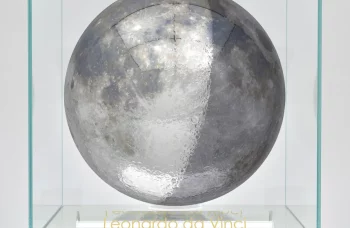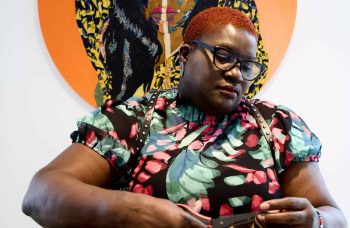For the director of the Prado, Miguel Falomir, the pandemic has led to at least one positive: a re-evaluation of their collection. With that, the Madrid museum has announced that their permanent collection will be reorganised to better represent and showcase works by foreign and female artists.
While the rehang hasn’t come about by “the whims of curators or the director,” nor has it been the result of the pandemic, per se, Falomir said that the museum’s forced closures had given staff the unique opportunity to revisit and reimagine the collection. Instead the decision was based on the want to make the museum “far more inclusive” and better portray different time periods and schools.
Rejigging the collection will take time, but it is possible that by the summer, some of the changes will already be noticeable. It also seems that some galleries will remain as they are.
An exhibition currently on view at the Prado, called “Uninvited Guests” was noted by Falomir as part of the learning curve to move forward with the reconfiguring of the museum. The exhibition opened at the museum in October and was the first show after the museum reopened following initial COVID-19 lockdowns in Spain. Javier Solana, president of the Prado board of trustees, said the show reflected the “Prado’s determination to continue being a reference point for culture, even in difficult times.” He continued stating that the exhibition aimed “to offer a reflection on the way in which the structures of power defended and disseminated the role of women in society through the visual arts, from the reign of Isabel II to that of her grandson Alfonso XIII.”
However, the exhibition was the recipient of criticism from some art critics and artists who believed the exhibition clung to misogynistic narratives. Early on in the run of “Uninvited Guests,” an art historian even proved that one of the paintings initially included in the exhibition and attributed to Concepción Mejía de Salvador was actually created by a male artist, Adolfo Sánchez Megías.
In recognition of these faults, Falomir said the Prado was taking onboard feedback and “some of the lessons” learned from the exhibition in rethinking the collection.
“There are artistic phenomena and artists who have been totally excluded until now – not just women but aspects as important as social painting, which hadn’t found a place in the 19th-century collection … or painting from different parts of the world, such as the Philippines, whose art is finding itself more and more appreciated,” Falomir said. “It’s not just a question of gender – although women have certainly been excluded from the museum’s permanent collection and its exhibitions,” he continued. “There are also whole periods in the history of art and whole regions that have been excluded. Bit by bit, we’re going to have a more inclusive Prado when it comes to this.”
In addition to the rehang, the Prado has committed to continuing their work to better represent women within the institution. Falomir said the museum will continue to highlight female artists with exhibitions and acquire works by women for their permanent collection. The museum also hopes to increase visibility for female artists through a new research grant that will work through issues of gender in relation to the arts.





